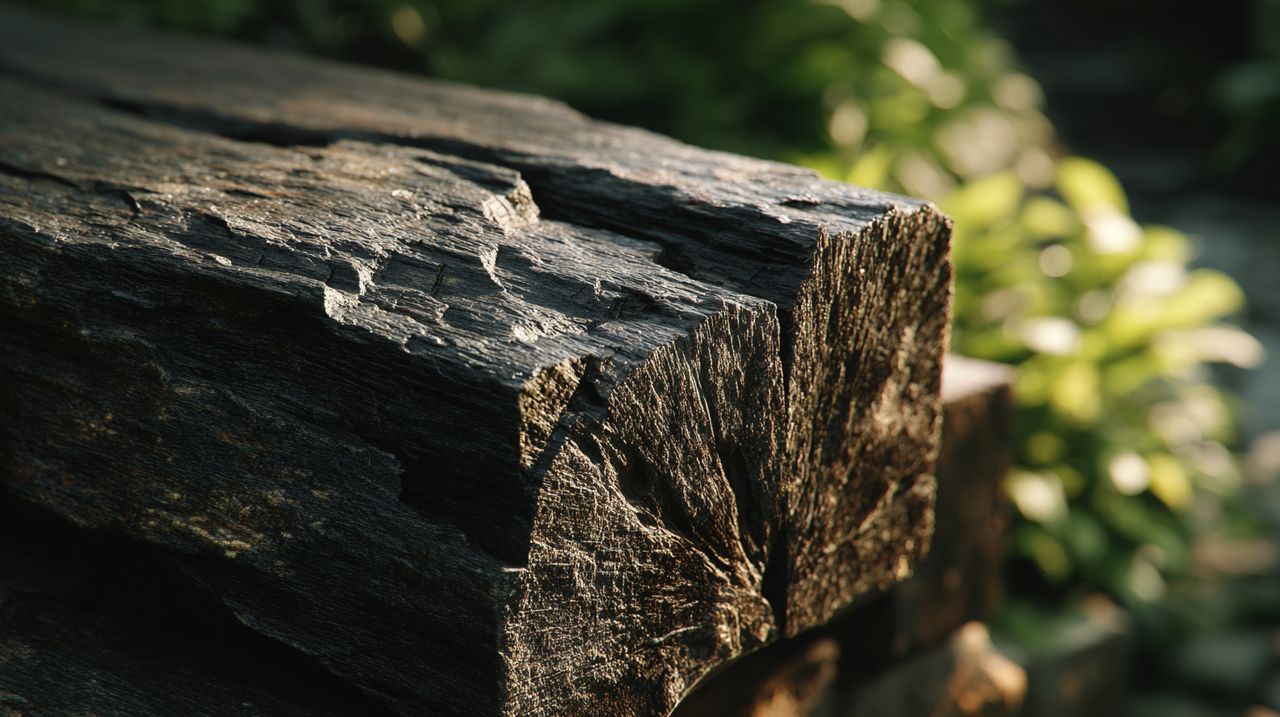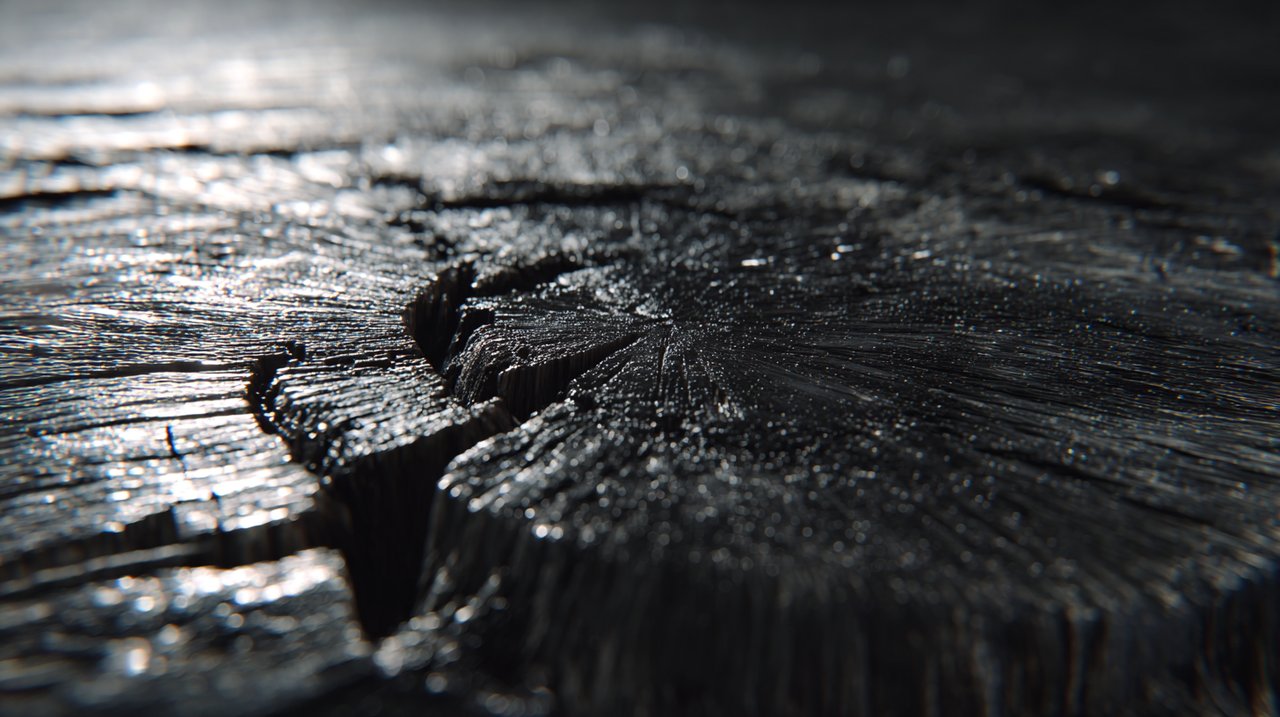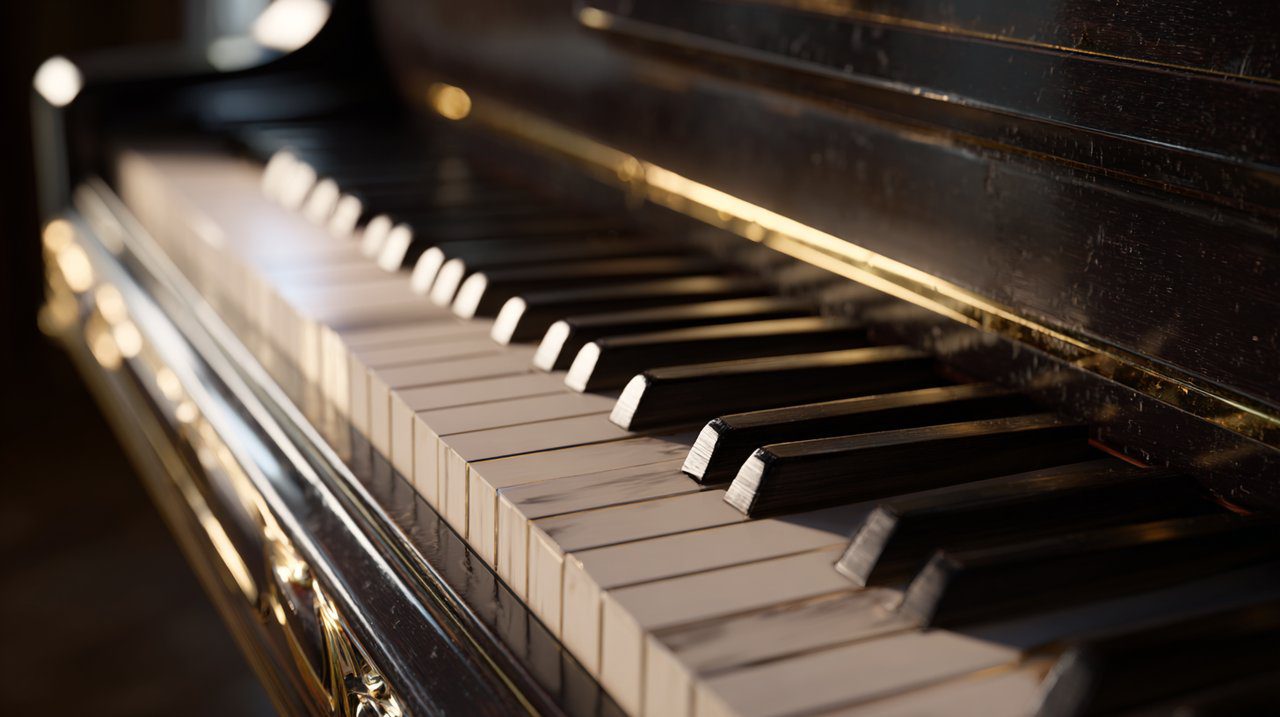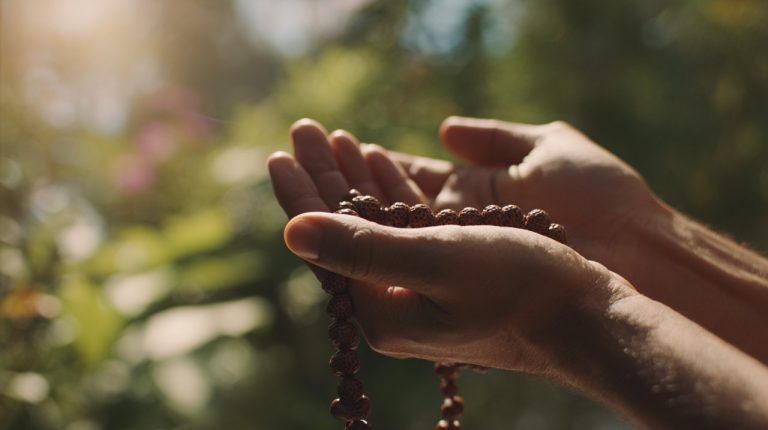African Ebony Wood: The Silent Wisdom of Deep Black
Observe the ancient trees, standing firm, patiently witnessing the passage of time. Their growth is a slow, deliberate dance, a testament to the enduring wisdom of patience. Deep within the heart of Africa, over centuries, a remarkable timber forms, quietly gathering the earth’s silent strength and the sun’s hidden warmth.
This is African ebony wood, a material that whispers tales of deep time and profound natural processes, inviting us to slow down and listen.
Like a quiet pool reflecting the night sky, its darkness is not an absence but a profound presence. It invites contemplation, urging us to look beyond the surface, into the stillness within.
This wood is more than just a material; it is a manifestation of nature’s intricate dance, bringing forth a wonder that has captivated humanity for millennia. Its unique journey from forest to artifact offers a compelling narrative of resilience and beauty, much like a seasoned traveler sharing their quiet insights.

Origins of African Ebony
To truly appreciate the quiet essence of African ebony wood, we must first understand its genesis. It primarily originates from species within the Diospyros genus, notably Diospyros crassiflora, found nestled in the equatorial forests of West and Central Africa.
These trees are patient growers; their development is a methodical process, yielding a material of profound character, much like a life lived with deep purpose.
Botanical Profile and Habitat
These majestic trees thrive in specific, often challenging environments, drawing sustenance from ancient soils. Their wood is celebrated for its exceptional density and fine, uniform texture, qualities patiently cultivated over a long lifespan.
This inherent resilience, a quiet strength born from enduring nature, makes it one of the most sought-after dense hardwoods globally.
The Formation of Deep Black
The signature characteristic of African ebony wood is its intense, almost absolute blackness. This deep hue is not a surface stain, but an inherent quality, formed through the tree’s natural metabolic processes as it ages.
The heartwood, the oldest and densest part of the tree, undergoes a unique transformation. This results in the lustrous dark ebony wood that has captivated humanity for millennia, distinguishing it among other exotic woods. It manifests the earth’s deep yin energy, absorbing all light into its core, much like a still mind absorbs the world without judgment.

Cultural Significance and Enduring Value
Throughout history, African ebony wood has transcended its material form, evolving into a potent symbol. Its rarity and striking appearance have imbued it with a mystique, making it a revered substance across diverse cultures.
It embodies a silent strength and a deep connection to ancient wisdom, much like an old sage whose presence alone conveys profound insight.
Symbolism Across Civilizations
From exquisite artifacts found in ancient Egyptian tombs to ceremonial objects of various African tribes, ebony has consistently been associated with power, protection, and eternity. Its profound dark presence offers a grounding energy, a sense of gravitas that resonates with the mysteries of existence.
This material draws respect, not through overt display, but through its inherent dignity and spiritual depth, much like a mountain stands tall, silently commanding awe. Delving into the spiritual properties of different woods, like ebony, reveals a shared reverence across cultures, much like the veneration for other sacred timbers such as aloes wood.
Aloes Wood: Properties, Energies, and Spiritual SignificanceA Legacy of Rarity and Respect
Due to its exceptionally slow growth and specific habitat, African ebony wood has always been a precious commodity. Its exceptional hardness and resistance to decay ensured its value, making it a prized material for everything from intricate carvings to the most resonant musical instruments.
This enduring value is a testament to nature’s profound artistry and the long, unhurried journey of its creation. How do you perceive the value of materials that carry such a rich history, a history etched in time and patience?
Modern Applications and Ethical Stewardship
In our contemporary world, the applications of African ebony wood remain diverse, spanning from practical utility to pure artistry. However, its continued use brings a heightened responsibility, urging us to appreciate it not just for its beauty, but for the profound natural process it represents.
It asks us to be mindful stewards of nature’s gifts.
Contemporary Craftsmanship and Utility
Today, dark ebony wood continues to be the preferred choice for high-end components in musical instruments, lending its unique qualities to:
- Piano keys, where its density provides a distinct touch.
- Violin fingerboards, offering unparalleled stability.
- Guitar bridges, enhancing acoustic resonance.
Its unparalleled density and acoustic properties make it ideal for these applications, allowing human craft to sing with nature’s voice. Beyond music, ebony also finds its way into:
- Luxury ebony wood furniture inlays, adding a touch of quiet elegance.
- Bespoke jewelry, where its deep hue becomes a focal point.
- Intricate ebony wood carving and sculptures, capturing moments of stillness.
Each piece becomes a dialogue between human craftsmanship and nature’s raw beauty, showcasing the material’s versatility. These varied uses highlight its status among other highly valued exotic woods in the market.

Identifying Authentic Ebony
Identifying genuine African ebony wood involves discerning several distinctive characteristics, much like learning to read the subtle signs of the forest. You might notice:
- Its unique weight, which is remarkably dense and grounding.
- An extremely fine grain that is almost invisible, a testament to its smooth, unblemished nature.
- A characteristic dark, uniform color, often appearing as an absolute, profound black.
Authentic pieces will feel dense and cool to the touch, a quiet testament to their inherent quality and the deep time they embody.
Responsible Sourcing and Care
Responsible sourcing and proper care are essential to preserve ebony’s integrity and honor its long journey from forest to artifact. This includes maintaining stable humidity and avoiding harsh chemicals, much like tending to a precious plant.
By choosing consciously, we align ourselves with the flow of nature, ensuring that such precious gifts are valued and sustained for future generations. This commitment reflects the growing emphasis on ebony wood sustainability within the industry, guiding us towards a more harmonious relationship with the natural world.
Just as a river carves its path with patient persistence, African ebony wood reminds us of nature’s profound and enduring wisdom. Its silent presence invites us to find balance and connection in the deep, unhurried rhythms of the earth.
Engaging with such materials can profoundly enrich your own journey, perhaps by considering the calming presence of a wood bead necklace or similar natural artifacts, allowing their quiet strength to resonate within you.
Wood Bead Necklace: A Path to Inner Calm💡 Frequently Asked Questions
African ebony wood is a remarkable timber primarily sourced from species within the Diospyros genus, notably Diospyros crassiflora, found in the equatorial forests of West and Central Africa.
Its intense, almost absolute blackness is an inherent quality formed through the tree's natural metabolic processes as it ages, specifically through a unique transformation in its heartwood.
It is considered rare and valuable due to its slow growth, specific habitat, striking appearance, exceptional hardness, and resistance to decay, making it a precious commodity throughout history.
Today, African ebony wood is commonly used for high-end musical instrument components (like piano keys, violin fingerboards, and guitar bridges), luxury furniture inlays, bespoke jewelry, and intricate sculptures.








